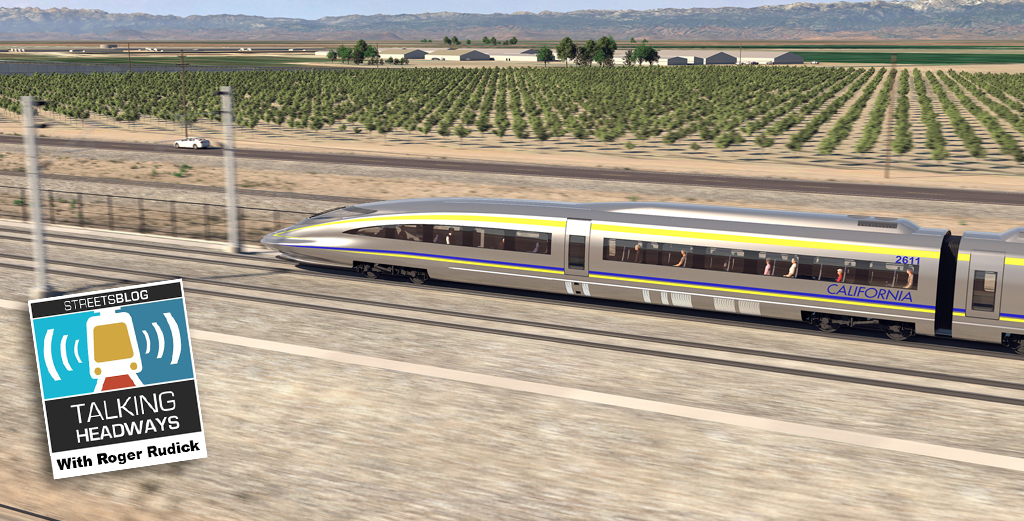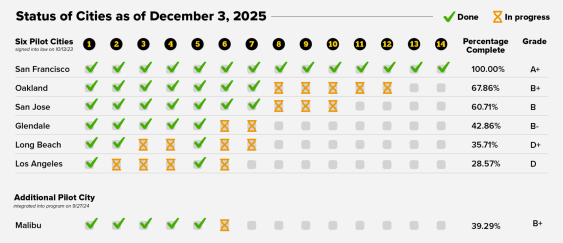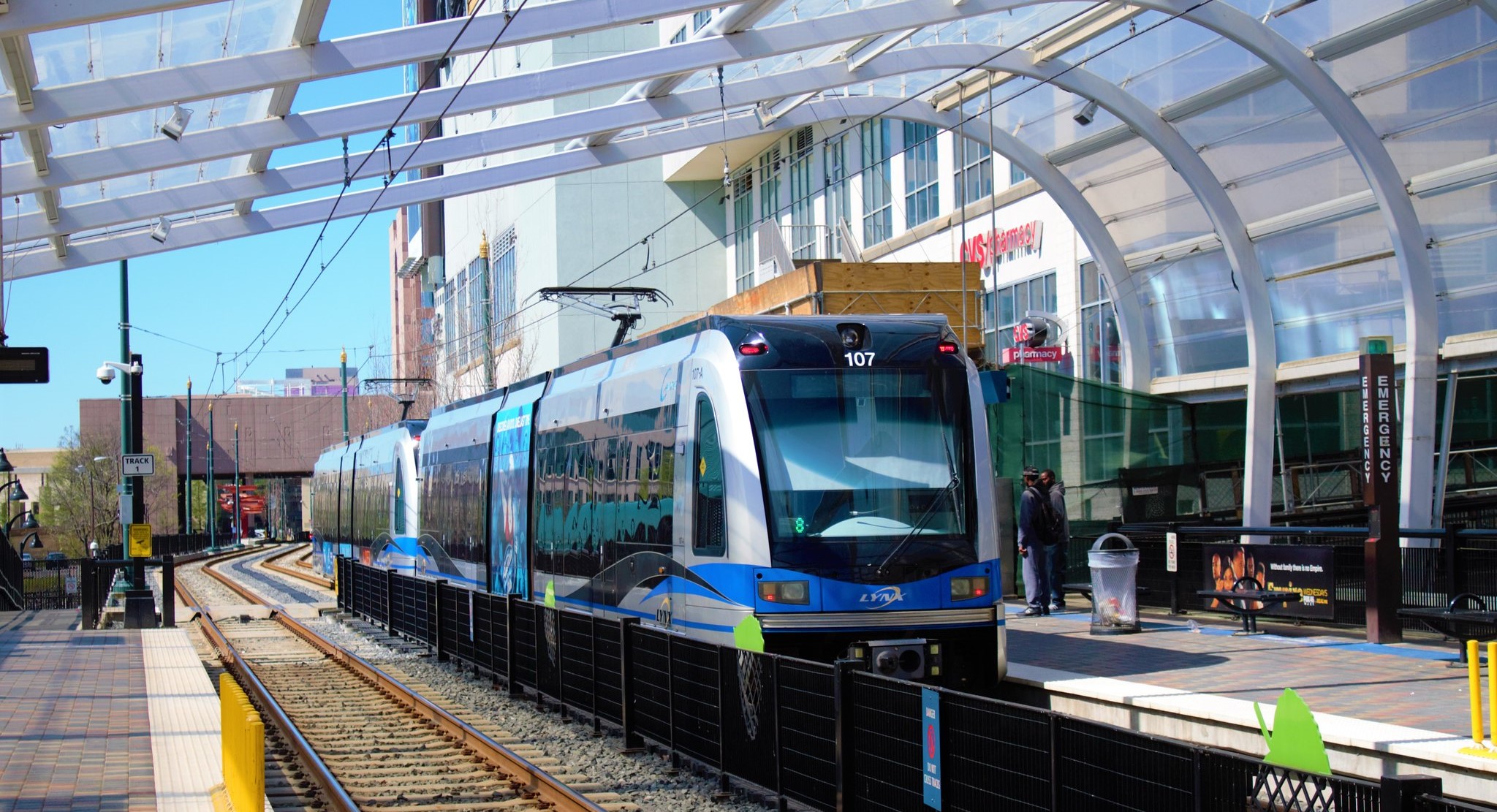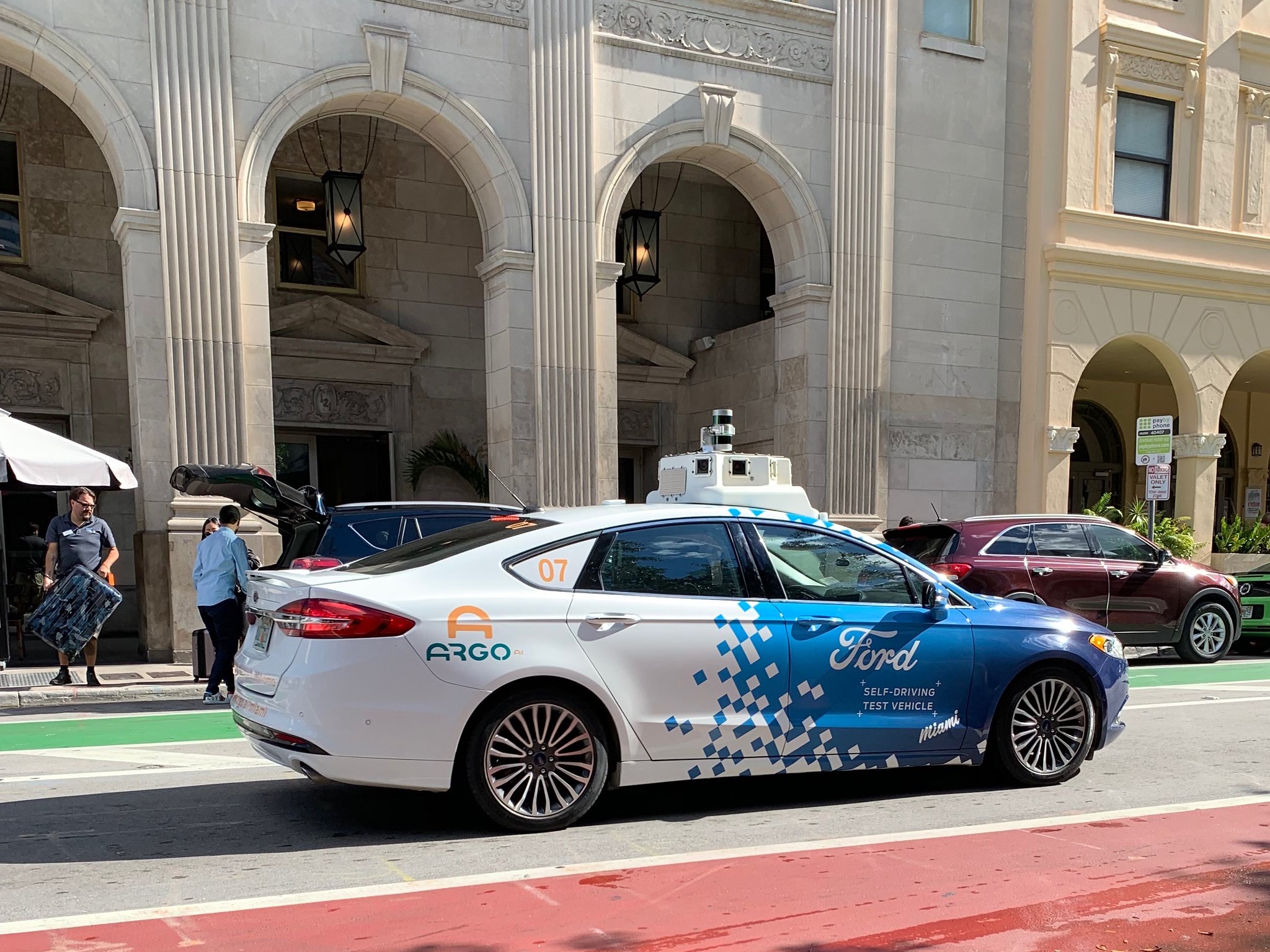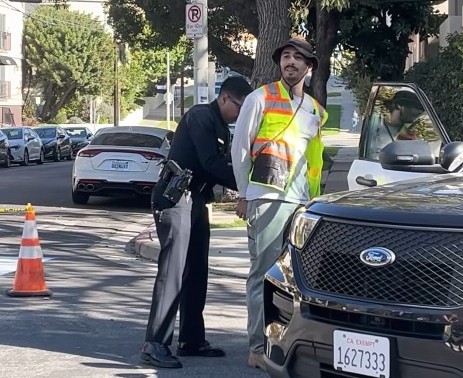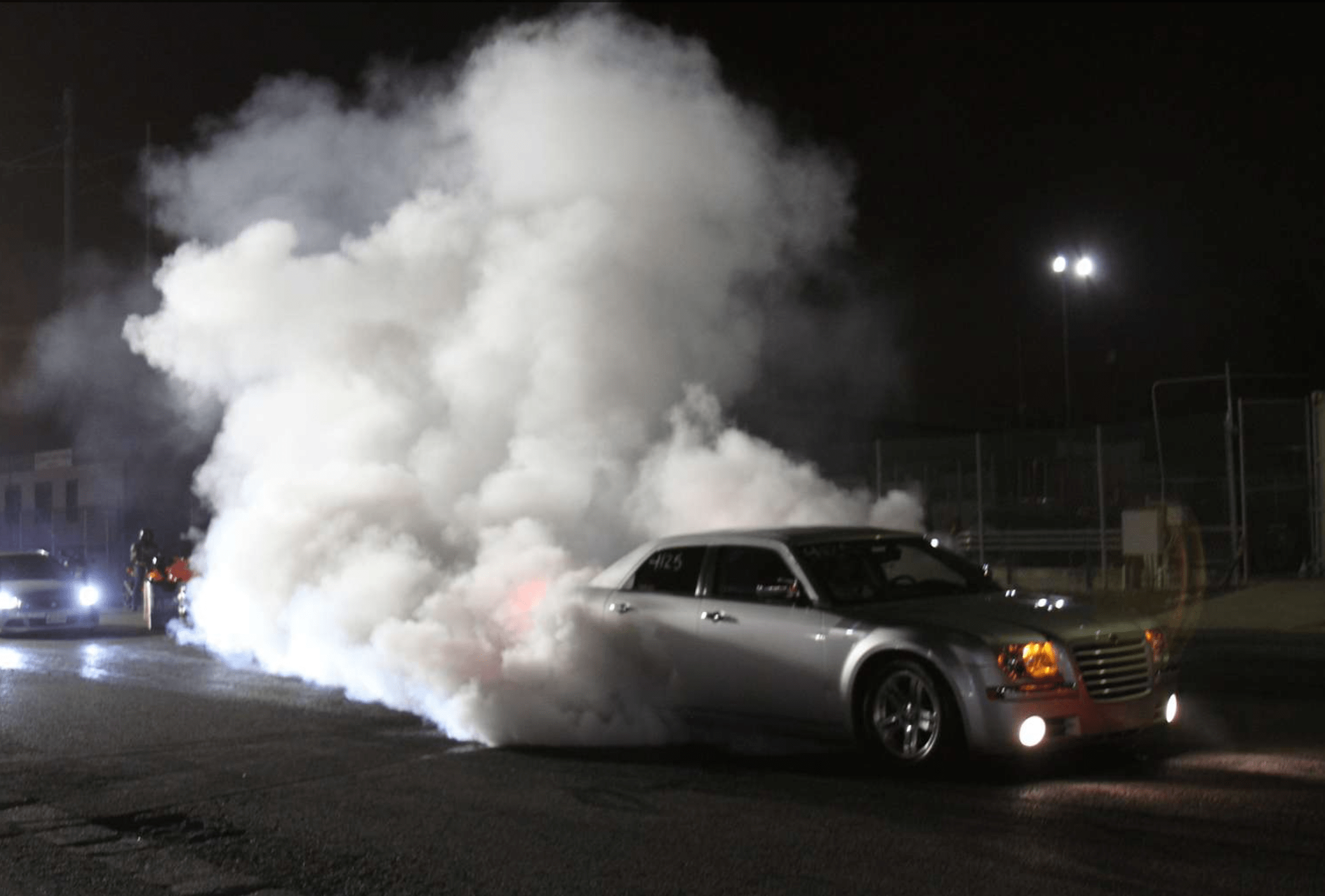This week, we’re back live for another show from Manny’s in the Mission featuring Streetsblog SF Editor Roger Rudick interviewing California High Speed Rail Authority CEO Ian Choudri. They chat about reducing costs, systems in other countries, and take questions from the audience.
It's a very special edition of Talking Headways.
And, remember, at Talking Headways, we give you three ways to enjoy our content. First, click the player below to listen to the podcast as God intended.
If that's not your bag, click here for a full, unedited transcript.
Or if you want, check out the edited conversation below:
Roger Rudick: All right, I’m going to stay in the engineering geekdom a little bit. You were looking at swapping out or changing the gradients that you’re going to build the tracks on so that you can do a little bit less tunneling and save some money and hopefully deliver it faster. Can you talk about that a little bit?
Ian Choudri: Yes. When I came on board, like we looked at six or seven different areas of improvements and one of that was engineering of how we are building it comparable to the European and Japanese systems. And came to realize that as engineers, all the folks that were in the team being very conservative. They were going, "Let’s build it not that steep." And so we are going to do it as flat as we can. While that’s fun if you are in the desert, if you are going through Tehachapi or Pacheco Pass, you quickly realize you can't stay flat.
So the decision was made to make it a little higher, because Europe is doing it, Japan has been doing it. Let’s not reinvent. That eliminated about 70 percent of the tunnels that we had to do. And that’s billions of dollars.
Roger Rudick: And is that just an advantage of time has passed and we have a better fix on what the trains are capable of? Or did we know that all along and just California engineers are just I don’t know, too conservative? Sounds like a nice way to put it.
Ian Choudri: I don’t blame anyone. These were not intentional mistakes. This was a lack of checking because we don’t have another high speed rail in this country. So we were using highway bridges or freight rail design concepts, which is all we know.
And so we fixed it. It took us four months to realize that this is a big mistake and improve the cost structure. When we put our plan out, we said we saved $14 billion by optimizing cost by changing design standards and criteria, bringing them up to par with the European and the Japanese.
We are not saying that this is just made-up stuff. This is real stuff. We originally thought we had to tunnel 16 miles and now we have to tunnel only three — because of correct standards are being used. That’s what we’re doing now.
